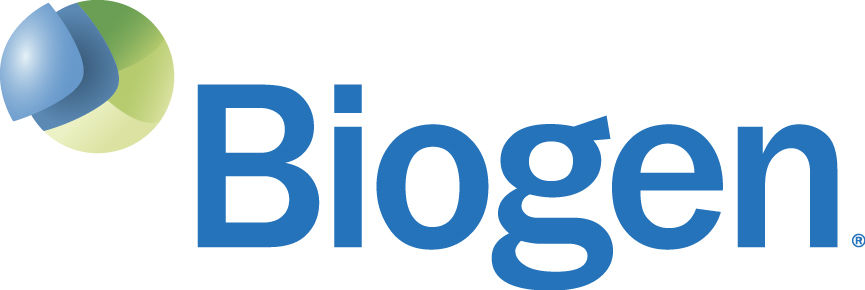Article
作者: Bansal, Nupur ; Trempe, Jean-François ; Hadzipasic, Adelajda ; Gehring, Kalle ; Hirst, Warren D ; Fon, Edward A ; Chen, Shimin ; Murugan, Paramasivam ; Goiran, Thomas ; Silvian, Laura F ; Sauvé, Véronique ; Fang, Jing ; Stefan, Eric ; Croteau, Nathalie ; Fakih, Rayan
Mutations in parkin and PINK1 cause early-onset Parkinson's disease (EOPD). The ubiquitin ligase parkin is recruited to damaged mitochondria and activated by PINK1, a kinase that phosphorylates ubiquitin and the ubiquitin-like domain of parkin. Activated phospho-parkin then ubiquitinates mitochondrial proteins to target the damaged organelle for degradation. Here, we present the mechanism of activation of a new class of small molecule allosteric modulators that enhance parkin activity. The compounds act as molecular glues to enhance the ability of phospho-ubiquitin (pUb) to activate parkin. Ubiquitination assays and isothermal titration calorimetry with the most active compound (BIO-2007817) identify the mechanism of action. We present the crystal structure of a closely related compound (BIO-1975900) bound to a complex of parkin and two pUb molecules. The compound binds next to pUb on RING0 and contacts both proteins. Hydrogen-deuterium exchange mass spectrometry (HDX-MS) experiments confirm that activation occurs through release of the catalytic Rcat domain. In organello and mitophagy assays demonstrate that BIO-2007817 partially rescues the activity of parkin EOPD mutants, R42P and V56E, offering a basis for the design of activators as therapeutics for Parkinson's disease.







